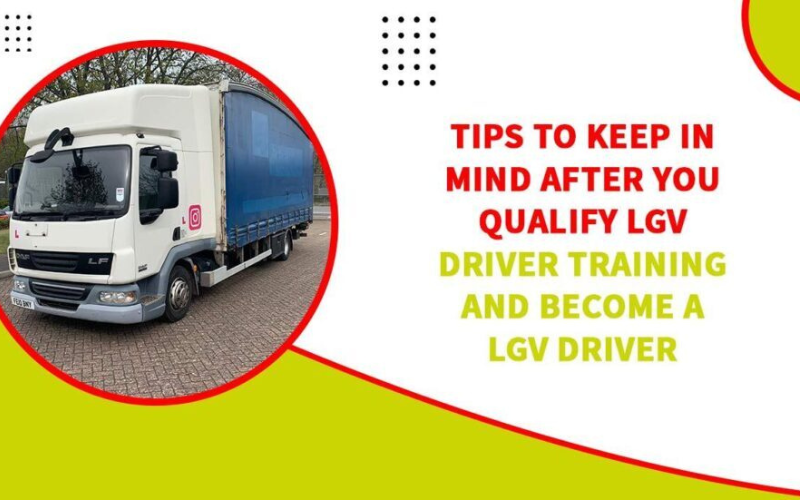Now that you have cleared your LGV driver training and received your driving licence, you are prepared to hit the road in the hopes of establishing a long and fruitful career. The world, or rather a road, is your oyster if you hunt for LGV jobs that are open for new drivers; these positions do not require you to be experienced or roles that require little LGV driving experience.
And to guide you along the road, let’s look at the suggestions for freshly licenced LGV drivers.
1. Spend some time planning your route
When considering the most crucial advice for LGV jobs, this may be one of them. Long-term trouble can be avoided by carefully outlining your approach in advance. The devil is in the details. Even rest stops, fuel stops, and any other necessary pauses along the way must be planned. It will be much easier for you to stay on schedule this way as taught to you in your HGV Driving courses, and hopefully, your experience will be less stressful and hurried.
2. Do some exercise and take pauses.
The problem with operating a large goods vehicle is that it necessitates prolonged sitting. Although it’s not particularly healthy to be doing this, you can’t help but do it. You should seize every chance you can to exercise in light of this. When you get out of your vehicle for a break, consider doing some stretching exercises or going for a little jog. Whatever you decide, try to get some activity in. To the same effect, you must ensure that you are using these rest stops not only for physical activity but also to unwind from driving and refuel.
3. Check your LGV’s height.
You must be aware of the height of your LGV before you set out on your excursion. There will be many height-restricted spots along the trip, and you don’t want to take the chance of being trapped or suffering other kinds of damage because you neglected to accurately check the height of your vehicle or if it has a trailer, the height of the trailer. It’s been suggested that you shouldn’t rely on the height marks within the cabin either.
4. Drive with consideration and awareness.
You need to keep a close eye on your fellow drivers in addition to keeping an eye out for yourself. They share the road with you and have the same rights to it as you have. It is a good idea to develop an understanding of when other drivers wish to pass you; developing this sense and being able to respond swiftly and precisely to their actions can be useful. Always be on the lookout for potential actions from other drivers and be prepared to react safely to prevent collisions.
5. Make sure the LGV load is secured.
Your load needs to be securely fastened, and you need to be certain that all straps and harnesses are fastened and secure. Check to ensure that your LGV is still securely fastened frequently, such as when you stop for a break.
6. Pay attention to your tail swing.
You must make sure you have enough space for your tail end whenever you are making a tight turn because of the size, weight, and structure of your vehicle. When turning, take care to leave enough room to avoid having the tail collide with anything.
7. Inspect your LGV before each trip
It is also crucial that you inspect the condition of your LGV before each excursion. As an LGV driver, it is your job to do a thorough physical inspection and ensure that it is fit for use. You will be held responsible for any accidents you cause on the road if your vehicle is not in acceptable condition.
Final words
There are other considerations that you may need to make, such as keeping track of and controlling your LGV driving hours as well as your health while travelling for an extended amount of time. Always remember what you have been taught and what you have practised in your HGV training courses.




